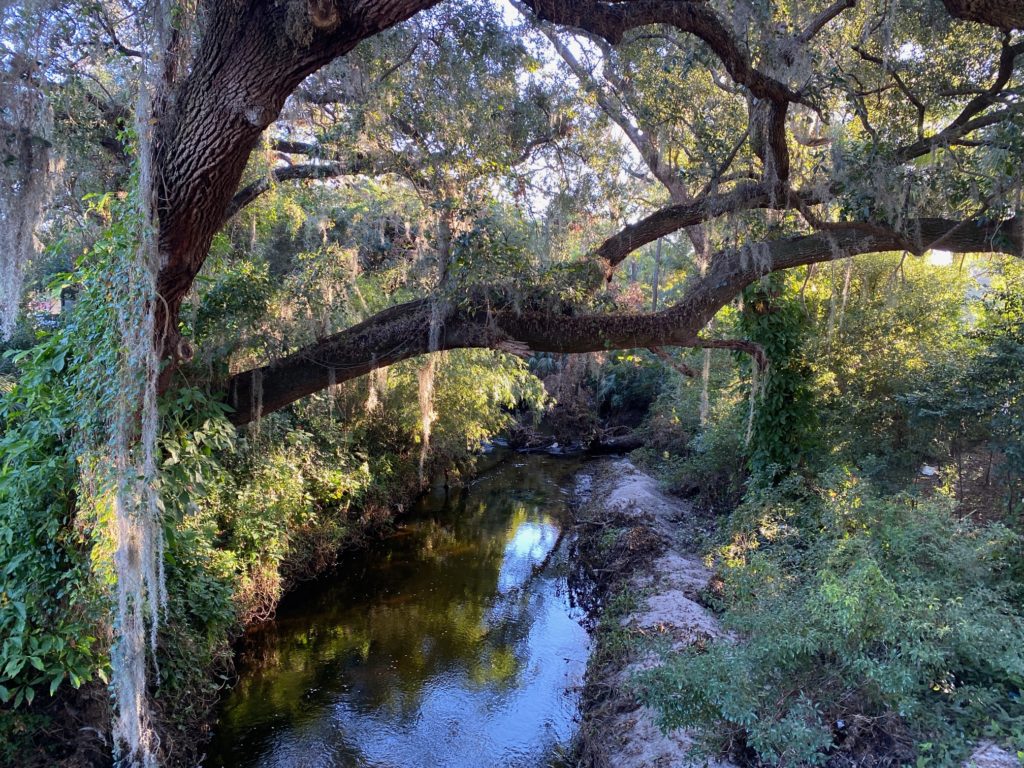By Frank Giles
The U.S. Environmental Protection Agency (EPA) and U.S. Army Corps of Engineers announced the latest attempt to define the waters of the United States (WOTUS) under the Clean Water Act. The final rule was announced on Dec. 30.

The latest WOTUS definition is the third attempt that started with President Obama in 2015. President Trump replaced that definition in 2020. President Biden’s new definition will add back protections to ephemeral streams, which flow in response to rain. The Trump administration rule had excluded ephemeral streams from the regulation.
The final rule restores water protections that were in place prior to 2015 under the Clean Water Act for traditional navigable waters, the territorial seas, interstate waters, as well as upstream water resources that significantly affect those waters. According to the agencies, the new rule would allow for updates: “The rule returns to a reasonable and familiar framework founded on the pre-2015 definition with updates to reflect existing Supreme Court decisions, the latest science, and the agencies’ technical expertise. It establishes limits that appropriately draw the boundary of waters subject to federal protection.”
SIGNIFICANT NEXUS
Where the new WOTUS rule runs up against agricultural interests is it relies on vague terms that will make it difficult for any business or individual trying to comply with the Clean Water Act. Among those terms is “significant nexus,” which establishes a scientific connection between smaller water bodies (such as tributaries) and larger, more traditional navigable waters (such as rivers). This is where the ephemeral streams can come into play. This nexus could make these smaller water bodies jurisdictional and subject to the Clean Water Act.
“This rule does not provide the needed clarity and certainty that the regulated community has long called for. This rule allows the federal government to expand their jurisdictional reach over private property,” said Courtney Briggs, senior director of government affairs for the American Farm Bureau Federation. “It is clear that the agencies have doubled down on their use of the troubling significant nexus test, which will require landowners to hire environmental consultants, attorneys and engineers to ensure that they are in compliance.”
LAND GRAB?
Rule proponents argue traditional exemptions for agriculture prior to 2015 were restored and converted agricultural land would be exempted. EPA noted wetlands converted to croplands prior to Dec. 23, 1985, are excluded from regulation.
But some lawmakers are not buying that argument. Chairman of the U.S. House Committee on Agriculture Glenn Thompson (R-PA) released the following statement after the rule was announced: “Since day one of the Biden administration, America’s farmers, ranchers and producers have fallen under constant attack: burdensome regulation, record inflation, high input costs, the politicization of crop protection tools, supply-chain disruptions and now an egregious government land grab.
“The final WOTUS rule by the Biden administration is another step in the wrong direction. Simply recognizing long-standing agriculture exemptions that have been too narrowly applied for decades does not make up for, once again, plunging our rural communities into ambiguity.”
Some lawmakers, including Thompson, had asked EPA to delay the rule until the Supreme Court provides its opinion on Sackett v. EPA in the spring. The case partly addresses questions about what qualifies as a jurisdictional wetland.
“We will be looking to the Supreme Court for a decision in the Sackett case, which will provide some clarity on the use of the significant nexus test,” Briggs said. “And the agencies have stated that (the new WOTUS) rule is a durable rule, but it is very likely that they will have to make changes to the rule in response to a decision from the high court.”
As the saying goes, “The devil is in the details.” That sounds like what we are dealing with here as the new WOTUS is rolled out. The question is: Will the ambiguity in language work in farmers’ favor or against them? We shall see. But what is almost certain is that it will be one more regulatory hurdle that will cut into their bottom line.









